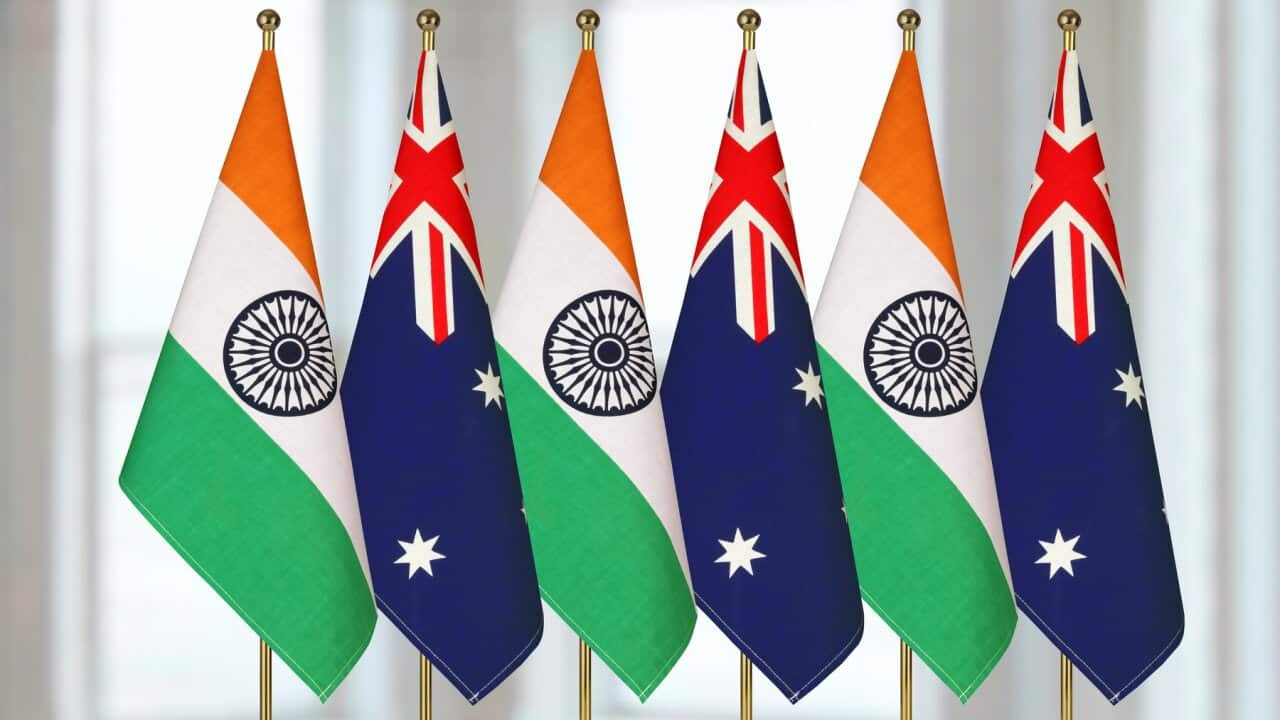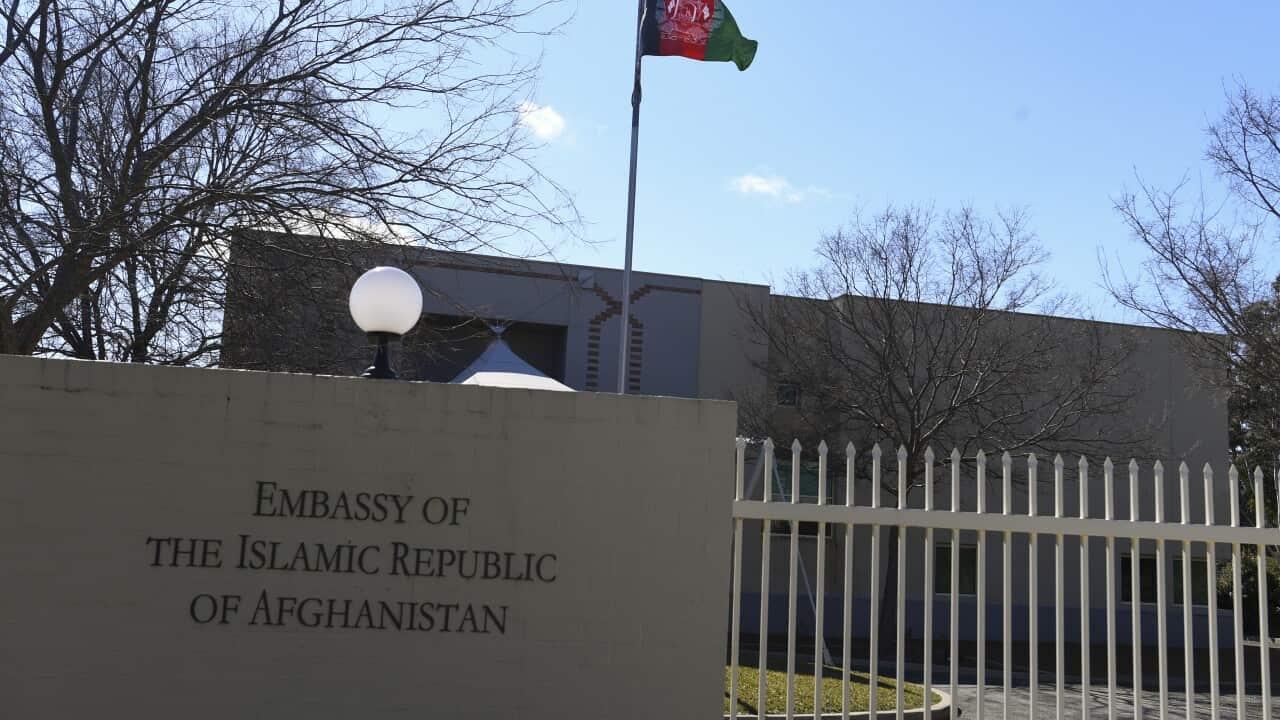January 26 is celebrated across India and Australia as a national day. While India celebrates it as Republic Day and Australia celebrates it as Australia Day, there is a stark difference between the way and the reason it is celebrated.
Republic Day in India represents the true spirit of independent India.
The Indian Constitution came into effect on January 26, 1950.
Almost twenty years ago, on January 26, 1930, India's freedom fighters called for 'Poorna Swaraj' (complete independence from the British rule). India's republic day was chosen to reflect this anniversary.
However, not many know that the Indian National Congress which was leading the independence movement was going for Dominion Status, along the lines of Australia.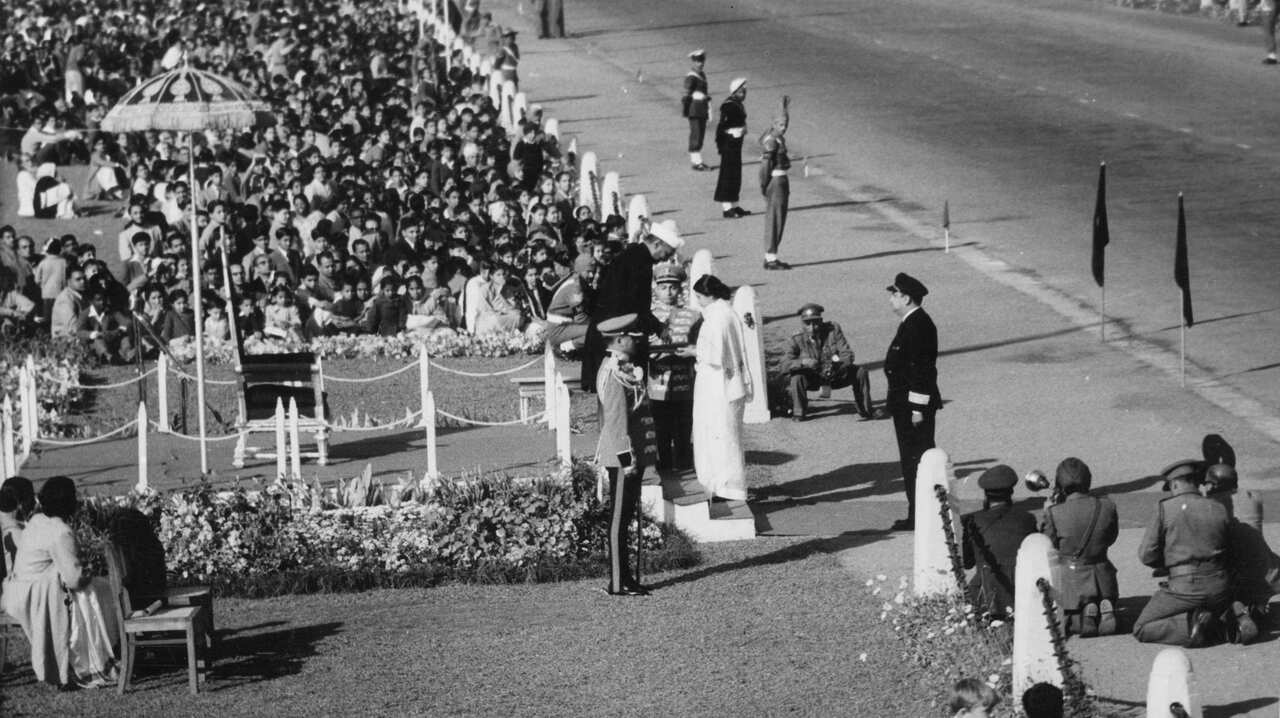 In Australia, January 26 marks the day when the First Fleet arrived in Sydney Cove in 1788, beginning the British colonisation of Australia.
In Australia, January 26 marks the day when the First Fleet arrived in Sydney Cove in 1788, beginning the British colonisation of Australia.

30th January 1956: India celebrating its republic day with a five mile long parade starting at the Great Place and ending at the Red Fort. Source: Hulton Archive Keystone/Getty Images
Millions of people come together to celebrate the day but for many Aboriginal and Torres Strait Islanders, it's a day of pain.
“The day is very political now as we recognize that it marks the invasion of the continent from the Indigenous people’s perspective,” Kama Maclean, Professor of South Asian and World History at the UNSW tells SBS Hindi. In India, Republic Day celebrates the decision to break away from the British whereas in Australia it celebrates the arrival of the First Fleet.
In India, Republic Day celebrates the decision to break away from the British whereas in Australia it celebrates the arrival of the First Fleet.

SYDNEY, AUSTRALIA - JANUARY 26: Australia Day revelers pose for photos at Circular Quay on January 26, 2018 in Sydney, Source: Getty Images AsiaPac Cole Bennetts/Getty Images
“Two very different relationships to Britain are embedded in the celebration of the day by the two nations,” adds Ms Maclean.
On being asked whether Pandit Jawaharlal Nehru, India's first Prime Minister, was influenced by Australia with his demand for “Poorna Swaraj” (complete independence) Ms Maclean opines, “He definitely was. He was the President of the Indian National Congress in 1929 after taking over from his father Motilal Nehru. He had a lot of difficulty in persuading both Motilal Nehru and Mahatma Gandhi that Poorna Swaraj was not too much of a radical move.”
"The elders of the Congress preferred a slower model to independence, which included Dominion Status,” Ms Mclean says.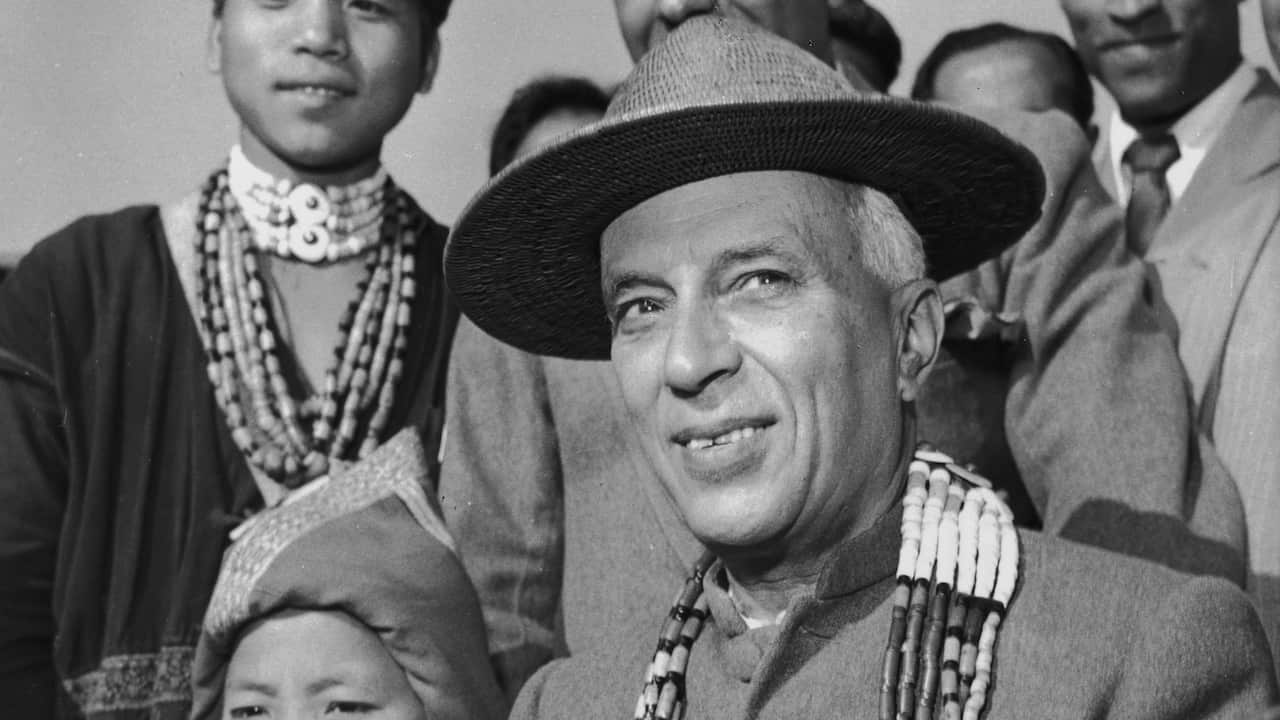 Pandit Nehru was very much an Internationalist and he was aware of the Australian policy and global dominion status.
Pandit Nehru was very much an Internationalist and he was aware of the Australian policy and global dominion status.

29th January 1958: A portrait of Indian Prime Minister Jawaharlal Nehru Source: Archive Photos Hulton Archive/Getty Images
“One of the things that influenced Nehru away from dominion status was that he felt there was racial discrimination embedded in the immigration policies of Australia, Canada, New Zealand and South Africa”, says Ms Maclean.
She adds, “Nehru had seen world events and the Wall Street crash in 1929 which caused global financial chaos. Britain persuaded Australia to devalue it’s Pound.”
Pandit Nehru felt, Australia was too tied to the strings of Britain and that wasn’t a model he wanted for India.
“India forged a totally new path in staying within the Commonwealth as a Republic by having an Indian Head of State. That could be an interesting model for Australia to follow,” concludes Ms Maclean.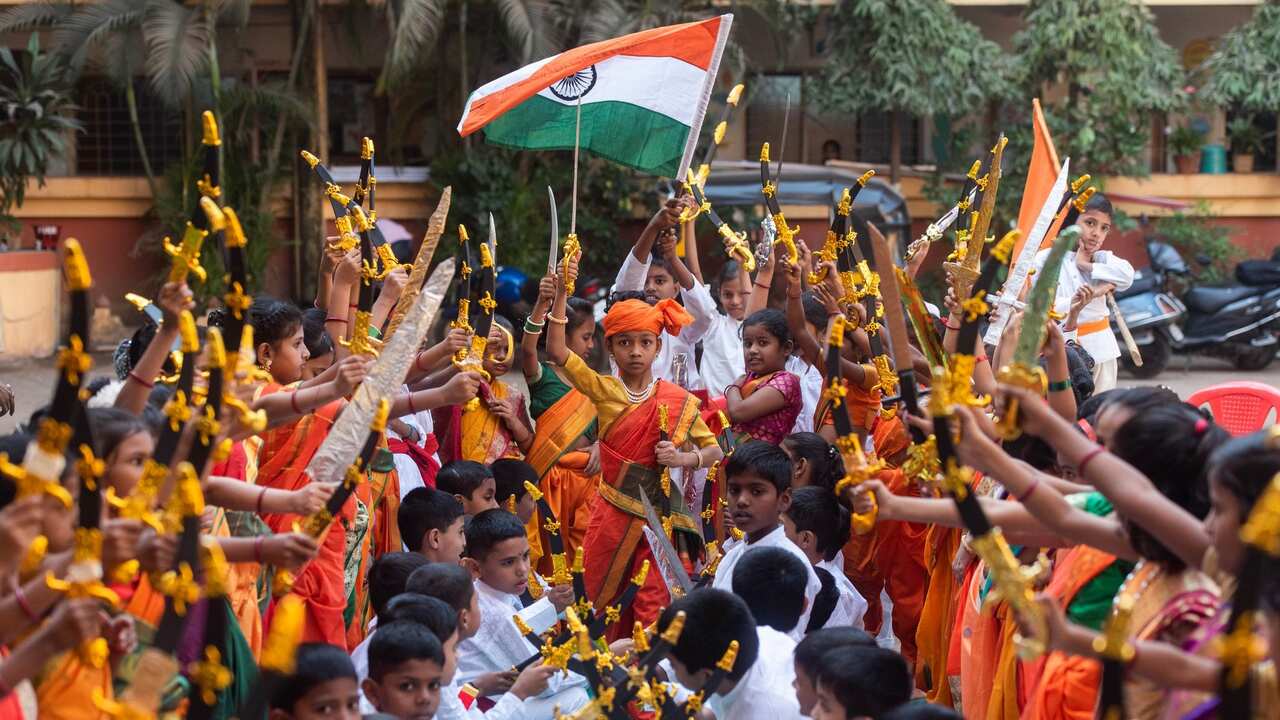 Tune into SBS Hindi at 5 pm every day and follow us on Facebook and Twitter
Tune into SBS Hindi at 5 pm every day and follow us on Facebook and Twitter

MUMBAI, INDIA JANUARY 25: School children celebrate Republic day as they perform on the scene of Jhansi ki Rani Laxmi Bai. Source: Chorge/Hindustan Times via Getty Images
ALSO ON SBS HINDI:

Unknown colonial connections between Australia and India
